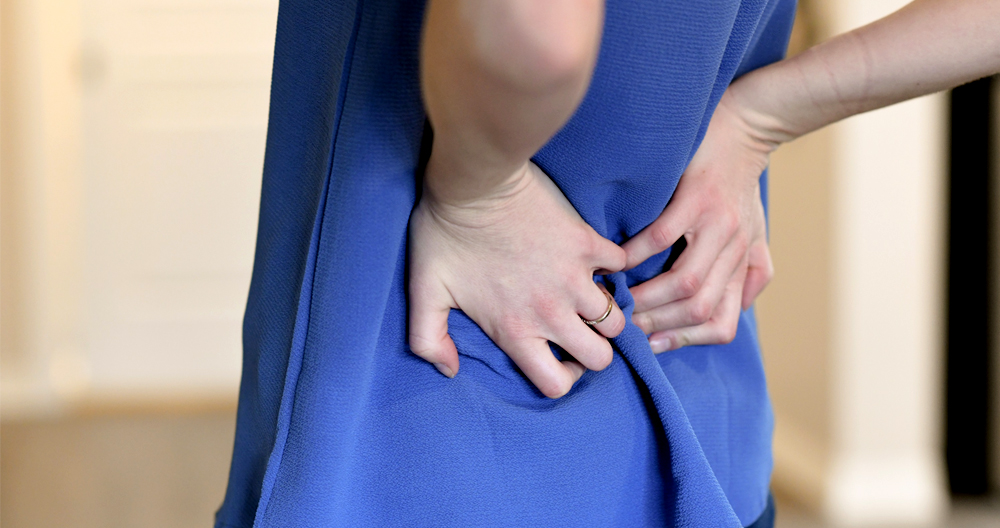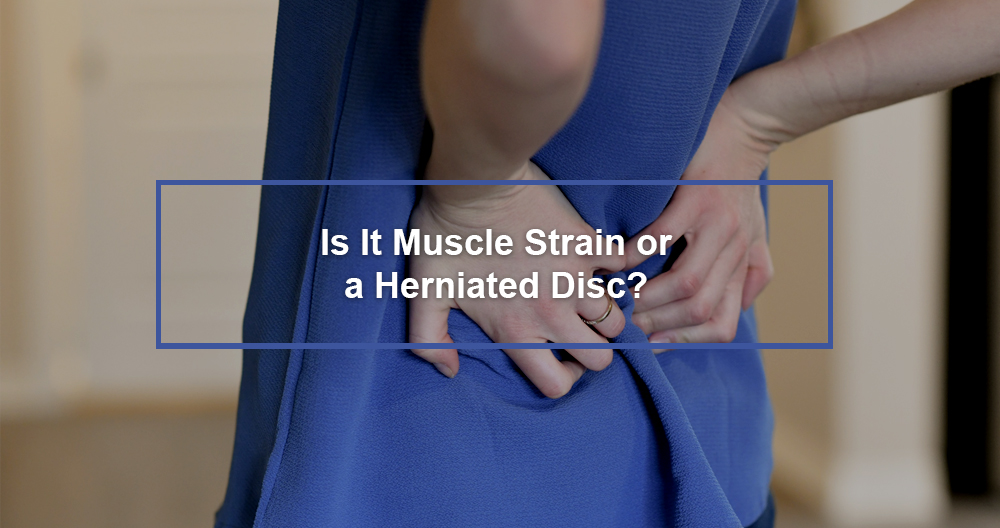Do you have back pain?
If you have ever experienced back pain, then you aren’t the only one. Some estimates suggest that around 80% have suffered from back pain at one time or another during their lives. This problem is second only behind colds in the number of people who stay home from work. It’s also top of the list for reasons to go to the doctor, the local medical clinic, and the emergency room. It is estimated that back pain relief costs approximately 50 billion dollars annually.
Below are five ways to get an idea of the main causes of low back pain.
A herniated disc doesn’t necessarily cause pain. You might be surprised to know that herniated discs can cause no pain in many people. A random study of healthy individuals with MRIs showed that around 30% of them can have a herniated disc and not experience any symptoms. It is because the herniation does not often compress the spine structures that cause pain. A low back injury will almost always cause pain. It can be very mild or severe. The good news about a sprain, even though it can be extremely painful, is that it can be treated with non-invasive and conservative care.
- It is common to strain your back by performing common movements, not trauma. A lot more people complain that they feel pain after “just bending forward and trying to stand up” rather than an actual injury or fall on the back. Low back structures relax when the spine isn’t being “loaded”. This is why injury can occur quickly. A herniated disc is usually caused by lifting an object off the ground and bending forward.
- Herniated discs may cause pain in other places if they are not symptomatic. A herniated disc can cause pain in other parts of the body, including the hip, one or both legs. The pain may also radiate to the back. Although a low back injury can cause referred pain, it may not affect the legs and feel the same across the spine.
- Although a low back strain is more responsive than a lower back injury, it is less likely to be treated with anti-inflammatory medication or ice. The pain relief is temporary and does not resolve the root cause. A sprain pain is primarily caused by inflammation which causes spasms. The most common reason people visit the emergency department is low back pain. Sometimes, this is an indication of something more serious than a sprain.
- Age and weight. Although a sprain is most common in the 40s, it can also occur at any age. The number of herniated discs sufferers increases as they age. The largest group is 60-plus. People who are more active have a lower chance of suffering from chronic low back pain than those who are not as active or overweight. A higher body mass index can lead to herniated discs. This is because the spine is under more strain.
- It is common to seek immediate treatment for pain. We want to feel comfortable and secure in our pain. This common fear is often shared by the clinical world. The reality is that most cases are not either one or the other. Patients aren’t “textbooks” or “research topics”; many factors influence how long pain lasts. This includes the history of injuries, level and activity of the patient, as well as lifestyle choices. In the majority of cases conservative chiropractic care is both cost-effective as well as successful.
Muscle strains and Muscle sprains
Muscle Strain: A strain to the muscle tissue, or the tendons connecting muscle to bone. It is possible for the muscle and its tough connective tissues to become strained, twisted, or torn. This type of injury can also be caused by excessive exercise. Sometimes, strains can be caused by overexertion.
Sprain: Sprains can affect the ligaments. These bands of fibrous tissue connect and cushion where two bones meet. Sprain injuries can be caused by a sudden impact, such as a fall or tackle with another player in sports or an auto accident.
Disc problems
Herniated Disc – Sometimes called a slipped disc or a ruptured disc, this is a bulge or displacement in the meniscus discs. These shock-absorbing cartilage tissues separate the vertebrae (known medically as the vertebrae). Herniated discs are more common in the lumbar area or lower back.
They can be the result of prolonged wear and tear. The nucleus pulposus is the inner, gel-like section of the meniscus that is protected by the tough outer layer. The outer layer may tear or become split, which allows the nucleus of the nucleus to push the disc out of its proper place. The disc can cause the vertebral bone to shift. The result is sciatica. It occurs when the vertebral bones press against the sciatic canal, which is a portion of the spinal cord that runs down the leg. A sneeze, cough, or other noise can trigger spasms in the affected area.
Rest, anti-inflammatory medicine (elevated legs), cold or warm compresses, and rest are some of the options for treating herniated discs. There is a possibility that the condition will worsen with time due to decreased muscle tone. To reduce inflammation and swelling, your doctor might recommend an epidural cortisone injection in the affected back area. Surgery might be an option in persistent cases and progressive neurological deterioration.
Tips for a Healthy Back
These are the best methods to avoid lower back injuries, but they are so common that we almost think it is mom telling us what we should do.
- Lift carefully – It’s a saying you’ve heard before: “lift your legs with your hands.” To avoid injuring your back lifting something, avoid bending over. Flex your knees, and squat. Or, better yet, ask someone to help you spread the load.
- As your mom used to say, stand straight. Keep your shoulders up, your chin high, and your chest up when standing or walking.
- You should choose your shoes carefully – High heels like cowboy boots and flip-flops can create a stress kinetic chain that begins in the feet and can have devastating effects on the lower back. You should spend time researching and buying the appropriate footwear for your exercise goals, whether you’re running, jogging, walking or jogging.
- Stretch before and after exercising – This is crucial to injury-free activities. It becomes more important as you move from adolescence to adulthood and on into your old age.



